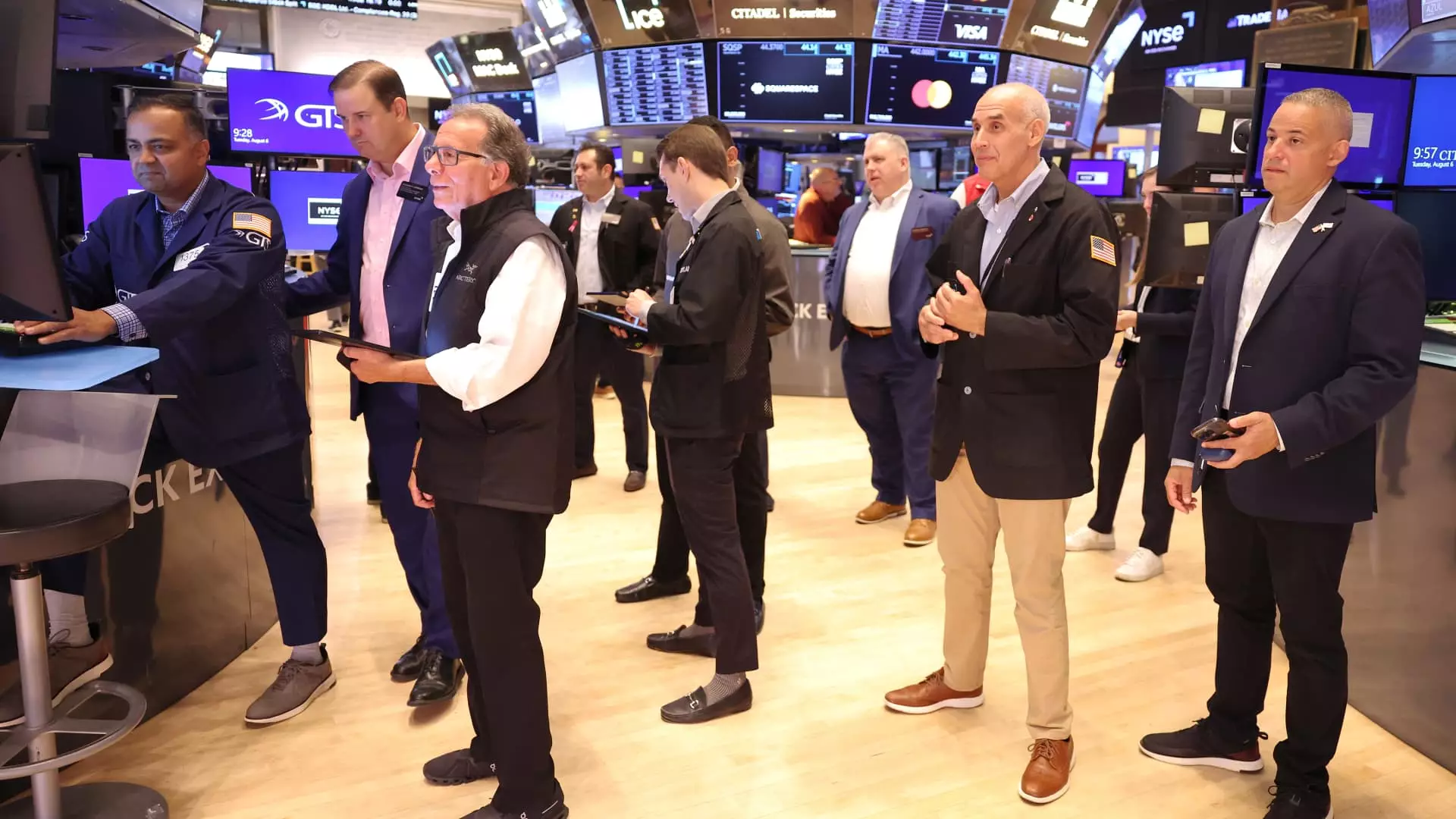The past week on Wall Street was a rollercoaster ride for investors, with the S & P 500 experiencing extreme ups and downs. The market saw its worst day since 2022 on Monday, followed by its best day since 2022 on Thursday. The 10-year Treasury yield also fluctuated significantly, dropping below 3.7% before settling around 4%. Despite the Cboe Volatility Index spiking to 65 on Monday, the fear gauge ended the week lower. Ultimately, the S & P 500 closed the week down less than 0.1%, indicating some stability.
Digging deeper, it’s evident that the market displayed signs of resilience amidst the volatility. More than two-thirds of stocks in the S & P 500 were trading above their 200-day moving average, suggesting underlying strength. Similarly, the bond market remained steady, with interest rate volatility not significantly impacting high-quality corporate debt. This resilience indicates that investors maintained confidence despite the turbulent week.
The market turmoil wasn’t limited to Wall Street, as Japan also experienced significant fluctuations. The Nikkei 225 Index had its worst day in decades but managed to end the week down less than 3%. Even in the face of extreme volatility, market experts pointed out that fundamental outlooks for companies remained unchanged. This global perspective highlights the interconnected nature of markets and the need for a cautious approach.
Despite the market stabilizing towards the end of the week, concerns linger regarding the sustainability of the bull market. Analysts warn that key drivers of the market’s growth may be running low on fuel, potentially leading to fresh lows in the future. Issues such as the unwind of carry trade with the yen are still unresolved, adding to the uncertainty. As the market navigates through a seasonally weak period and upcoming U.S. election, investors are advised to remain vigilant.
Looking ahead, market experts foresee further short-term strength with the possibility of renewed losses. The recent trading actions, including weak closes and counter rallies, have raised concerns among investors. Navigating through sharp selloffs can be a complex process, often involving ‘tests’ of previous lows. The market’s seasonal pattern, coupled with external factors, adds to the unpredictability. As investors brace for what lies ahead, cautious optimism is key.
The recent market volatility serves as a stark reminder of the uncertainties that come with investing. While the market showed signs of resilience, challenges remain on the horizon. Understanding the lessons learned from this turbulent week will be crucial in navigating the evolving market landscape. As investors adapt to the changing conditions, staying informed and prepared will be essential for long-term success in the ever-changing world of finance.

Leave a Reply